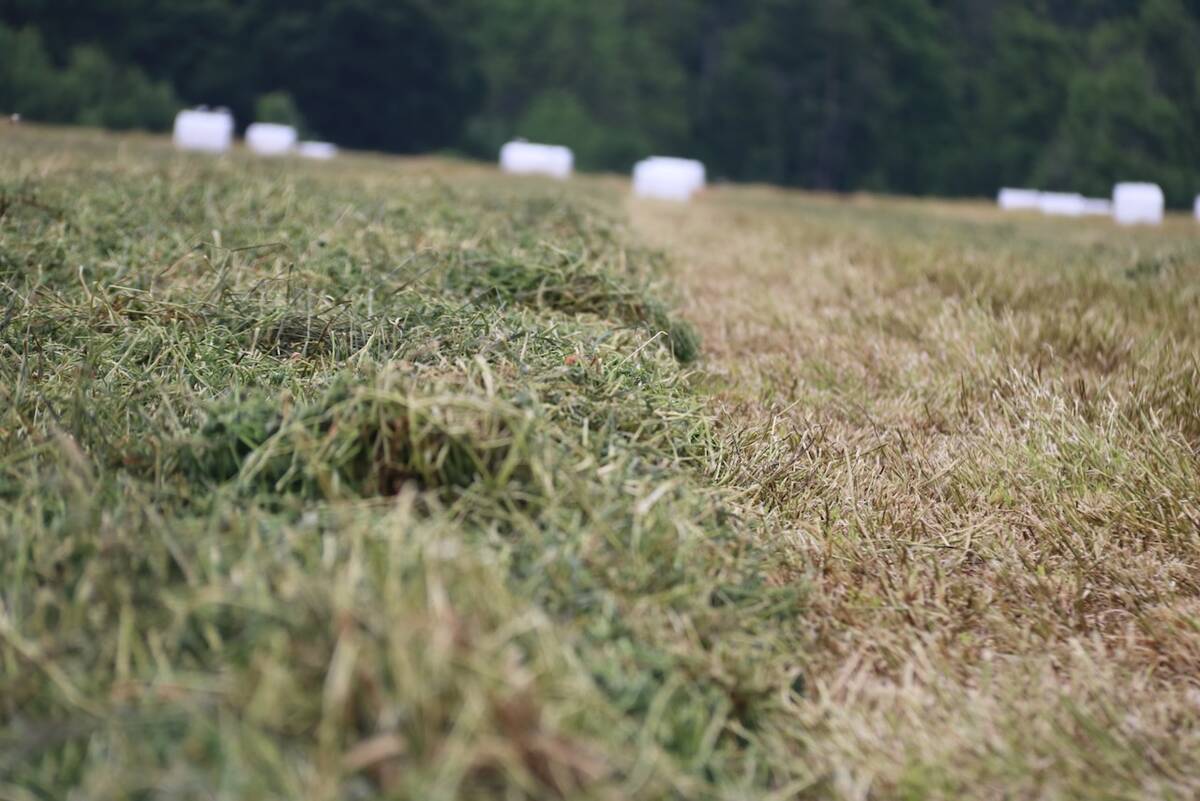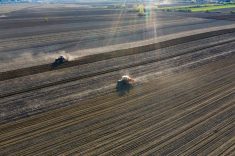Monsanto has received regulatory approval to introduce its Roundup Ready 2 Xtend soybeans, which has been stacked with dicamba. The technology itself hasn’t changed, so the product’s growing season will remain the same — for now. “It’s the germplasm that goes with the technology,” says Monsanto Canada’s corn and soybean lead, Mike Nailor.
“We expect that those soybeans will be made available across Western Canada starting probably in 2016. The only difference between maturities in the East and maturities in the West is that it just takes a little bit longer to breed that technology into earlier germplasm.”
Read Also

New high-performance forage training program to launch in 2026
A new Canadian Forage and Grasslands Asssociation high-performance forage program will be a resource for farmers, agronomists and others in the forage sector.
The Roundup Ready 2 Xtend is the addition of dicamba on the Roundup Ready 2 Yield platform. Dicamba provides an extra mode of action for broad leaf control. Nailor says the new product will offer not only increased yields, but more flexibility.
“Today, typically, farmers would either till or spray down their field with Roundup and then go in with an in-crop application of Roundup,” he says. “As farmers increase the land that they’re working, this becomes trickier. What is key, not only in soybeans, but in all crops, is that early-season weed control. By adding dicamba in your pre-plant application, you get that early-season weed control because of that residual. This allows roughly a two to three bushel advantage relative to the existing technology.”
Western Canadian farmers will appreciate dicamba’s ability to control kochia. “This is important because there have been reports of glyphosate-resistant kochia in Western Canada.”
“Genuity Roundup Ready 2 Xtend provides farmers with the opportunity to add dicamba as a second mode of action either pre-plant or in-crop that improves weed control, increases yield potential and is part of a good weed resistant management strategy,” says Nailor.
Monsanto is waiting on approval from China and the completion an environmental impact assessment in the U.S. “We won’t release ours until they have approval in the U.S.,” he says.
The initial launch will be in germplasm that is probably not best suited for Western Canada. But by 2016 Monsanto plans to have a broader offering. Monsanto is in no rush to transition out RR1 technology, but expects a three to four year transition.
Roundup Ready canola
It’s been nearly 20 years since the first biotech trait in canola was introduced in Western Canada.
TruFlex Roundup Ready canola will offer enhanced weed control for annual and perennial weeds, including dandelions, foxtail barley, wild buckwheat, yellow foxtail, biennial wormwood and common milkweed.
“TruFlex Roundup Ready canola will offer farmers the ability to maximize yield potential, experience unprecedented weed control and provide increased flexibility by allowing a wider window of application and the ability to spray higher rates of Roundup to be able to spray the right rates at the right time,” says Jesse Hamonic, Monsanto’s canola trait marketing lead.
TruFlex Roundup Ready canola will be commercially available across a broader acreage in 2015. It is currently pending export market approvals. “In the interim, we look forward to showing farmers our new technology in stewarded field trials across Western Canada next summer,” says Hamonic. †















